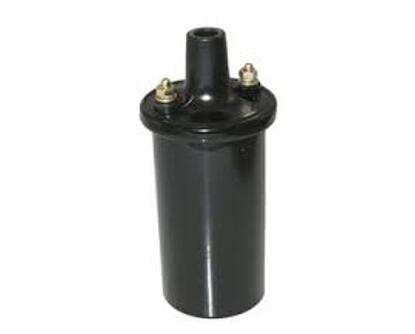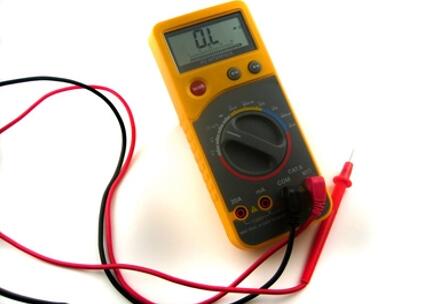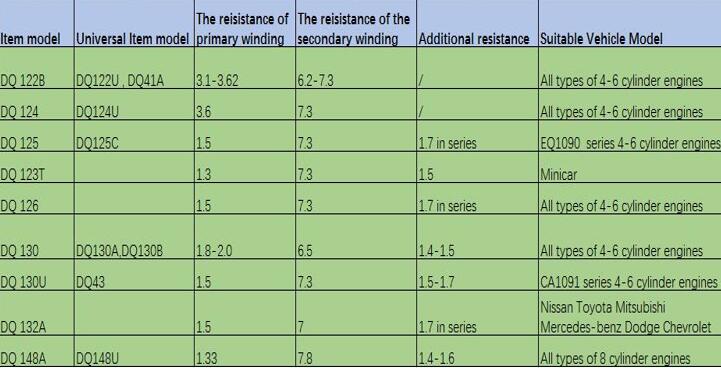
Maintenance of conventional ignition system components are comprised of troubleshooting of ignition coil, troubleshooting of distributor, troubleshooting of spark plug.
Common faults of ignition coils
Failure of the ignition coil usually causes the ignition system not to be fired and insufficient ignition energy, etc.

Common faults include:
1. Primary winding or secondary winding of open circuit, short-circuit, electrical ground, which causes the highest secondary voltage to drop or secondary voltage does not be generated.
2. Leakage of electricity from rupture of insulation cover causes the highest secondary voltage to drop or no secondary voltage.
3. Ballast resistors burned off, resulting in the primary circuit of the ignition coil being open circuit without ignition.
Troubleshooting method:
(1) Visual inspection
Check the insulation cover of the ignition coil to make sure no dirt and breakage, and whether the terminal is loose or corroded. If there is dirt or rust, you should to be further examined afterwards. If the insulation cover is damaged, replace the ignition coil.
(2) Check the primary winding and the secondary winding of the ignition coil.
Measure the resistance of the primary and secondary windings of the ignition coil using a multimeter. Comparing the measured value with the standard value, in order to determine whether the point wire winding has an short circuit and open circuit.

(3) Check the insulation of the ignition coil winding
Use multimeter to measure the resistance between any connecting terminal of the ignition coil and the housing. The value should not be less than 50 MΩ, otherwise it indicates poor insulation of the ignition coil and the ignition coil should be replaced.
(4) Check additional resistance
Measure the additional resistance with multimeter. The value should be consistent with the standard value. If the measured resistance is infinite, it means that the additional resistance has been burned out and the ignition coil needs to be replaced. The standard parameters of partial ignition coil and additional resistance are shown in Table.

(5) Performance tests of ignition coil
A dedicated electrical test stand is needed to check the ignition coil performance. It needs a three-needle discharger, which can adjust the gap and connect with the high voltage of the ignition coil, then determine whether the distributor speed meets the requirements, spark gap is specified. If the maximum speed is low or the gap is small at the specified speed, it indicates the ignition coil performance is poor, and the ignition coil should be replaced.
 James Smith
James Smith  July 08, 2020
July 08, 2020